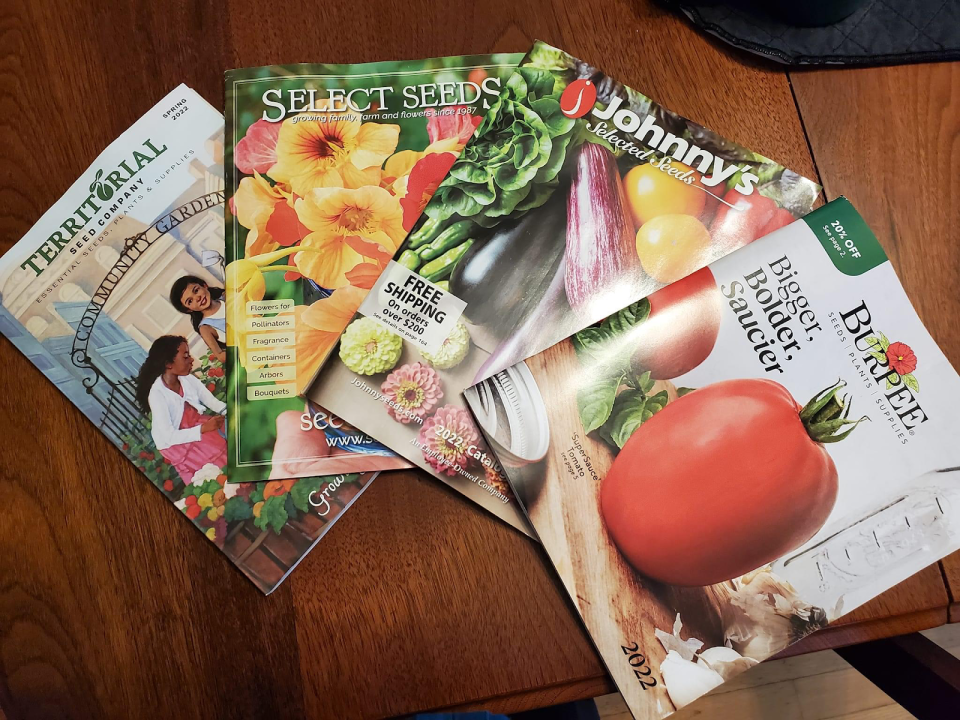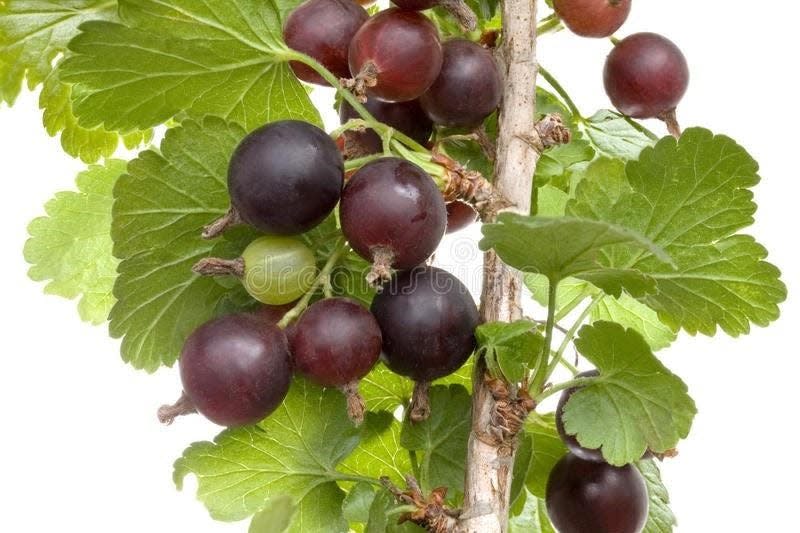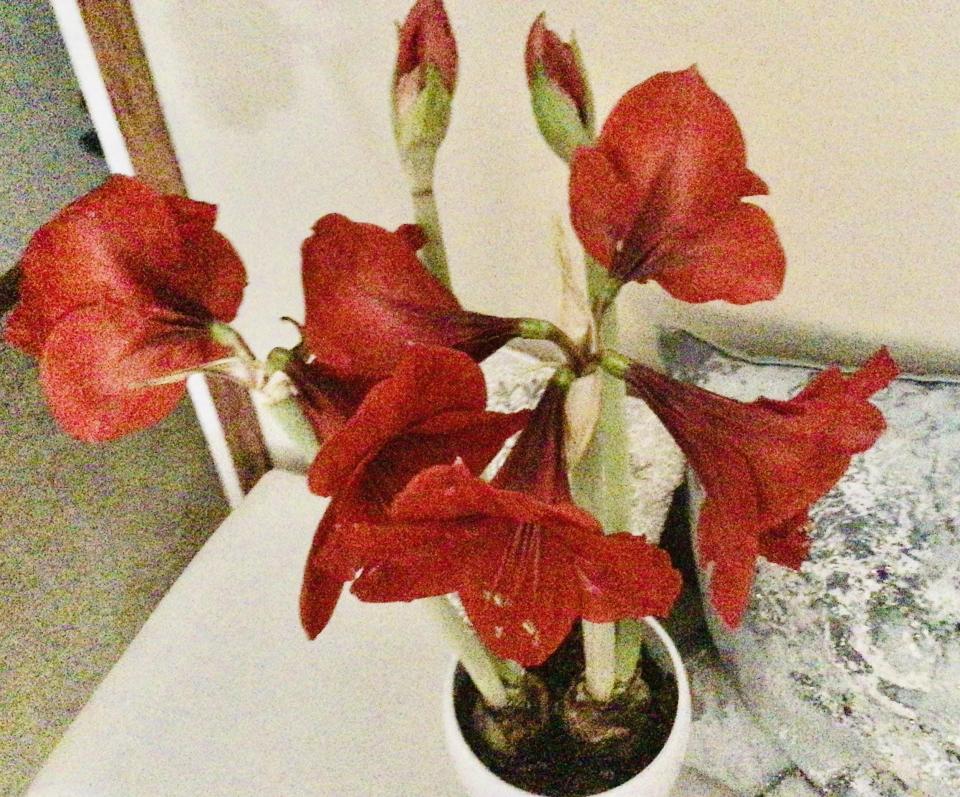A gardener's joy in a new discovery: Introducing the Jostaberry
"There is nothing new under the sun,” Ecclesiastes tells us in the Bible.
OK, technically that is true. Someone needs to tell us, gardeners, though, since when the 2022 seed catalogs started arriving “new” was the word of the month.

There were new plants, new cultivars, beautiful new colors, new irresistible tools and gadgets, all bringing new light to the January dark.
I spent last week with the catalogs and wearing out my Google app, looking for something unusual, out of the ordinary, something really new. And I found it.
It is being touted as the “new kid in the berry patch.”
Jostaberries. No, not just-a-berry, but a new berry, pronounced Yust-a-berry. It is a cross between black currants and gooseberries and a few other things to make Jostaberries sweet when ripe.

The United States doesn't raise a lot of black currants and gooseberries, which both have a reputation for being tart and sour. The reason is there was a ban on growing these two in the early 1900s in our country.
It was believed they spread the white pine blister rust, and this put the logging industry in danger. The ban was lifted in 1966, though some states still uphold it.
Black currants are popular in European countries. They are full of vitamin C. During World War II, a syrup was made from them, sweetened some, and given free to children under age 2.
Gooseberries have been grown for centuries in Europe, and despite their rather sour taste, they are popular for baking. Pesky thorns make the harvesting a bit miserable.
The developers of Jostaberries set out to combine the two berries, add some horticulture magic, and produce a plant that did not spread diseases, would grow fast, liked our zones 3-8, and could survive temperatures as low as minus-40 degrees Fahrenheit.
So move over blueberries and strawberries, you have some competition, maybe. It takes about two years for them to bear fruit.
They like full to partial sun and well-drained, slightly acidic soil. Mix organic compost in the hole before planting. Could be a good place for that Christmas manure!
I was amazed that I had never heard of Jostaberries, but finding something old but new, made the gardener in me curious and excited to write about it.
Nothing new under the sun? I am going to pretend I did not hear that.
Note: For those of you who grew amaryllis and they bloomed, here is the next step. If the blooms have faded, it is time to be drastic. Cut the bloom off down to the stem, but do not cut the leaves as they are needed to feed the plant.

Treat it like a houseplant until the ground warms up. Set your pot outside, keep it watered, and let it soak up the sun until about September.
The bulbs need about 12 weeks' rest. I plan to keep mine in the crisper of my refrigerator. Otherwise, a cool dry place in the house is best. If you have several bulbs, stagger the replanting and have a bright January and even February.
One more note: The Project GREEN second Sunday forum will be Feb. 13 from 2-4 p.m. at the Iowa City Public Library. The topic is “Garden Fundamentals.” These forums are free and open to the public.
This article originally appeared on Iowa City Press-Citizen: A gardener's joy in a new discovery: Introducing the Jostaberry

